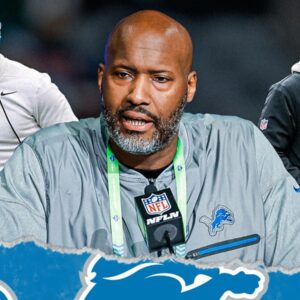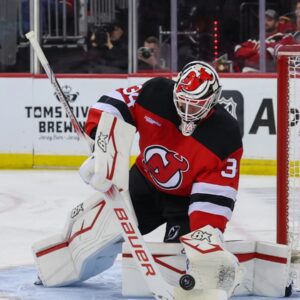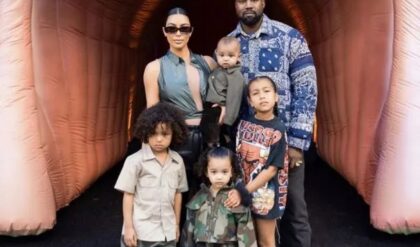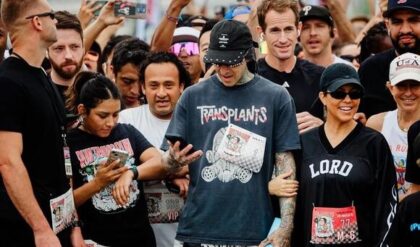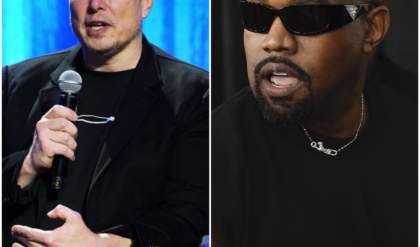
The New York Yankees, known for aggressively targeting international talent, have set their sights on 16-year-old Dominican shortstop Manny Cedeño, Essential Sports reported. Praised for his offensive potential and dependable fielding, Cedeño is quickly gaining attention as a rising prospect. The Yankees view him as a key building block for their future infield.
Why the Yankees chose Manny Cedeño

Cedeño, ranked as the 15th-best international prospect for 2025 by Baseball America, is described as “one of the most advanced hitters in the 2025 international class.” Scouts have graded most of his skills around 50 on an 80-point scale, emphasizing his potential to become a well-rounded player. Francys Romero, a trusted MLB insider, confirmed Cedeño’s significance, stating, “Dominican SS Manny Cedeño will headline the Yankees’ signings when the international period opens.”
Alongside Cedeño, the Yankees are targeting other promising talents such as outfielder Isaias Castillo and shortstop Carlos Bello. Castillo is known for his elite speed, scoring between 70 and 80 on the scale, and his hitting ability, while Bello stands out for his defensive strength and high baseball IQ. Together, these players are expected to bolster the Yankees’ farm system and contribute to the team’s long-term success.
The Roki Sasaki decision
The Yankees’ decision to prioritize Cedeño comes at the cost of Japanese pitching sensation Roki Sasaki. At 22, Sasaki has already made waves in Nippon Professional Baseball, boasting a 102 mph fastball and recording 156 strikeouts with a 1.09 ERA in just 122 innings during the 2023 season. Losing Sasaki is a significant blow, as his skills could have transformed the Yankees’ pitching rotation.
However, the move to pass on Roki Sasaki wasn’t purely about talent. Sasaki was expected to command a deal exceeding $5 million, and the Yankees, already carrying a $270.6 million payroll—the second-highest in MLB—opted to prioritize flexibility. This decision allows the team to allocate resources strategically. Recent signings, such as Paul Goldschmidt on a one-year, $12.5 million deal and left-hander Max Fried on an eight-year, $218 million contract, demonstrate the Yankees’ commitment to building a balanced roster.
While Sasaki’s departure leaves a gap in the Yankees’ pitching depth, focusing on Cedeño and other international prospects could pay dividends in the long run. The Yankees are betting on youth, believing that a well-stocked farm system will yield sustainable success. By avoiding the high cost of acquiring Sasaki, the team gains financial leeway to pursue additional opportunities and strengthen their roster in other areas.
Only time will tell if this calculated risk will pay off, but for now, the Yankees remain confident in their decision to invest in the next generation of talent.
News
Lions GM not concerned over closed Super Bowl window despite coaching exodus
As Detroit Lions general manager Brad Holmes spoke about the playoff exit to the Washington Commanders in the divisional round of the postseason, he now speaks about the foreseeable future. After the Lions lost offensive and defensive coordinators Ben Johnson and Aaron Glenn to…
NFL Makes Huge Jared Goff Announcement After Career Season
Jared Goff and the Detroit Lions capped off the season with a 15-3 record. The Lions were one of the most dominant teams in the NFL throughout the season and entered the playoffs as the No. 1 team in the NFC standings. Despite…
A Completed Trade Between the Canadiens and Devils Just Took an Unexpected Turn
We have an interesting development following a trade between the Montreal Canadiens and the New Jersey Devils. As you know, last March, Kent Hughes traded Jake Allen for a conditional 3rd-round pick, which could become a 2nd-round pick if Allen plays more…
Jake Evans Finally Reveals His Contract Demands, and the Details Are Surprising
We have some new information regarding the much-talked-about contract situation of Montreal Canadiens forward Jake Evans. I believe everyone agrees on keeping Evans with the Canadiens, but of course, it all depends on the price. Well, we finally have news about…
St-Louis Reveals Owen Beck’s Replacement for Tonight’s Game and Makes Two Announcements
As we mentioned this morning, Montreal Canadiens head coach Martin St-Louis made the decision not to hold a morning skate. Therefore, we had to wait for the press conference of the day to find out about the lineup changes for…
Beautiful Sight Live From Canadiens Practice as Reinforcements Could Join the Lineup Soon
We have news about Emil Heineman for you, thanks to the TVA Sports network. In the last few minutes, the network shared images of Heineman, who was on the ice in Brossard. This means that, while Canadiens players are in Detroit, Heineman…
End of content
No more pages to load
